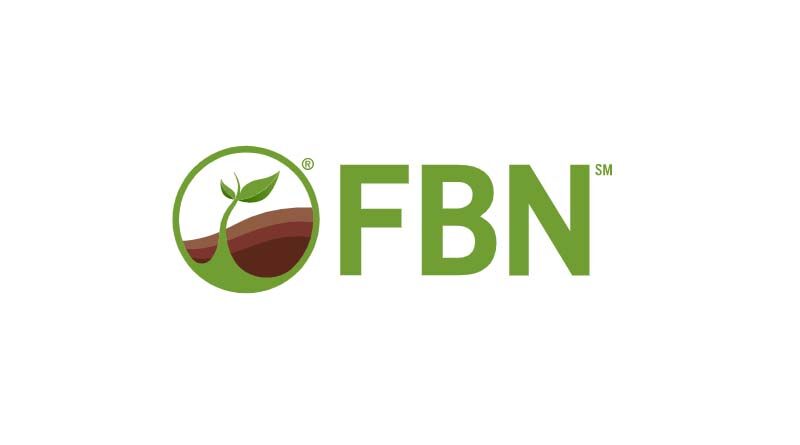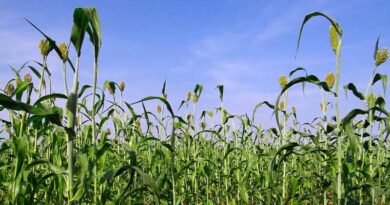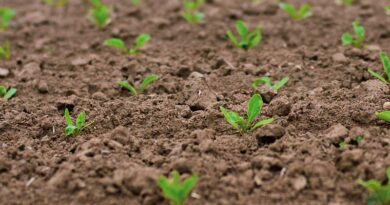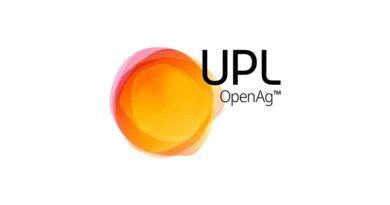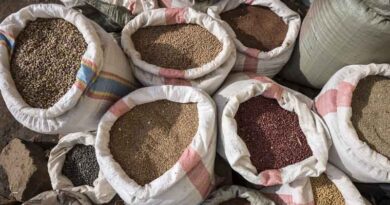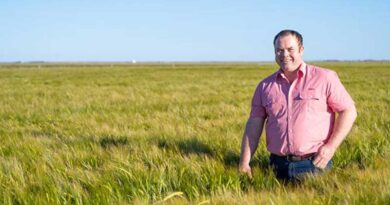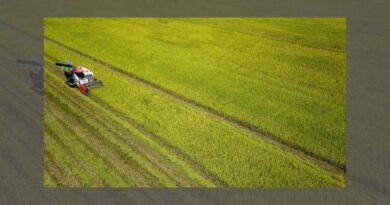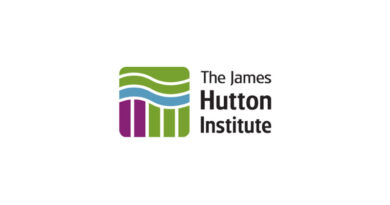Sorghum & Maize Summer Crop Nutrition
08 October 2022, Australia: More than 1.3 mmt (million metric tonnes) of sorghum is grown each year in Australia, and a majority of that is grown in Northern NSW & QLD. Grain sorghum in Australia is mainly grown on heavy clay soils with a high water holding capacity. Growing sorghum as part of a rotation can play an important part in disease and weed control for the following winter cereal season.
In Australia, we have the ability to grow grain sorghum that both yields extremely high and contains high protein. To grow high quality and high yield grains we need to apply the appropriate amount of fertilizer at the right time.
With global shortages, logistics delays and increased pricing, your farm can only benefit from understanding what nutrients your crop requires and the optimum window to apply.
There are a range of nutrients that can affect grain quality or limit production, but the main ones are nitrogen (N), phosphorus (P), and potassium (K). Second to that under some growing conditions is sulfur (S) and zinc (Zn). As a rule I say nitrogen for leaf growth, phosphorus for roots and shoots and potassium for fruit and flower.
To calculate the uptake for each nutrient we multiply the nutrient uptake by the grain/yield (t/ha). The calculation will also represent the quantity of nutrient likely to be removed if the crop was to be harvested as silage or hay.
Nutrient uptake is approximately:
- N – 30 kg/t
- P – 4.5kg/t
- K – 16.3kg/t
- S – 5.2kg/t
- Zn – 24g/t
* Fertiliser rates will vary depending on location, soil type, and paddock history
Application timing is also key in optimising fertiliser uptake. Sorghum requires 75% of its total nitrogen requirement during the vegetative stage ( 6 leaves open). If nitrogen is short during this period it will significantly reduce the stem growth. The remaining 25% of nitrogen is required during flowering, this timing is key in optimising grain quality and protein content.
Sorghum will utilise most of its phosphorus requirement during booting and early flowering. The P plays a vital role in early root development, energy storage and water use efficiency.
During the vegetative stage (6 leaves open) sorghum will use around 50% of its potassium requirements. Adequate potassium is required for a multitude of reasons from protein synthesis and assisting in the translocation of carbohydrates to increasing disease resistance and improving the plants hardiness.
K-Fulvate 10% can be applied with NPK fertilisers during growing season to quickly correct micro and macro nutrient deficiencies.
Fulvic acids can assist in reducing leaching, providing carbon to the soil and can be used as a chelating agent to ensure that micro nutrients are quickly converted to a form that is readily available to the plant.
As with any crop we grow we need to be aware of the amount of nutrients that are removed when we harvest the crop, either for grain, or hay/silage. To optimise yields in the following crop rotation we need to ensure that we replace what we remove.
The easiest way to calculate replacement rates is to double the rates we removed during harvest.
Typical removal rates for grain sorghum are as follows:
| NUTRIENT | N | P | K | S | Zn |
| REMOVAL | 15 kg/t | 2.9 kg/t | 3.3 kg/t | 1.3 kg/t | 18g/t |
| % OF Uptake removed | 50 | 65 | 20 | 25 | 75 |
Along with good nutrition we need to manage weeds, pests and diseases in the crop.
Keeping up to date with spray application timings and pest numbers will play a vital role in optimising harvest yields and quality.
Good weed control in sorghum is essential for producing profitable crops. Weeds can cause problems a number of ways, most importantly by competing with crops for available nutrients, sun and water, as well as causing weed seed contamination at harvest. Again, spray application timing is key in weed control.
With soil temperatures on the rise and water tables full, we have the ability to grow a fantastic sorghum crop this year on Australia’s east coast.
Also Read: India signs deal with Dubai company to improve DAP and NPK supply
(For Latest Agriculture News & Updates, follow Krishak Jagat on Google News)

